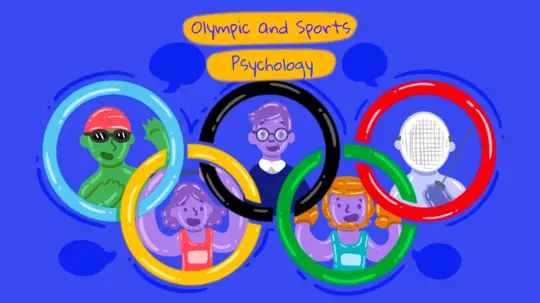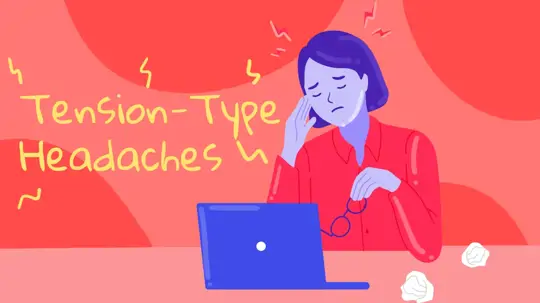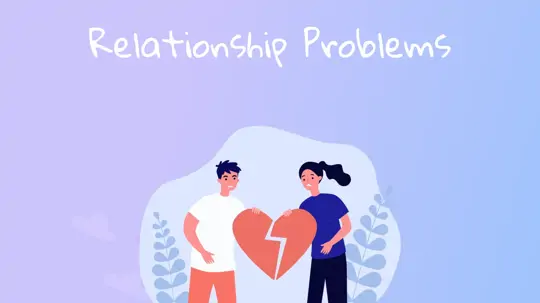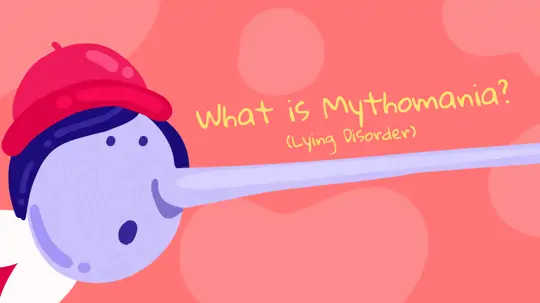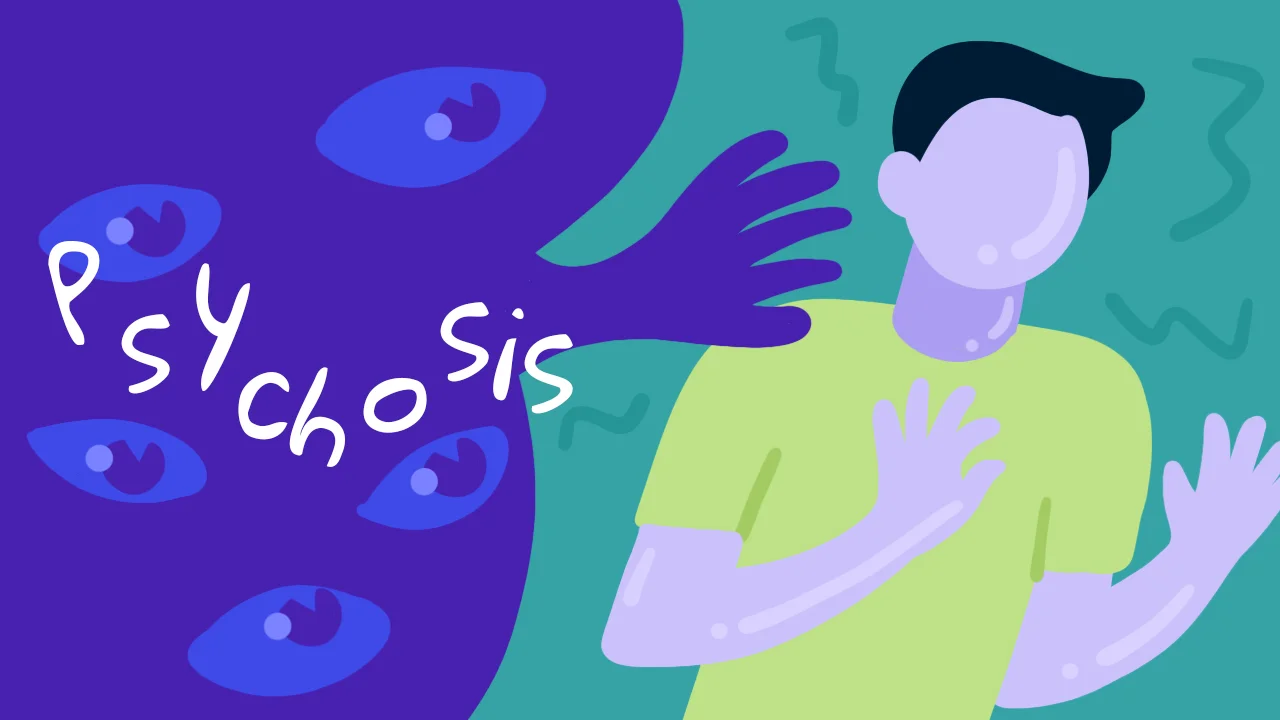
Start feeling better today!
Connect with your therapist today and take control of your life like our 850.000 happy clients.
Get StartedThe Origin of Psychosis
Psychosis is derived from the Greek words psyche (mind, soul) and -osis (sick or abnormal state)1. Nikolaus Friedreich (1825–1882) thought of psychosis as a combination of neurologically based brain abnormality and mental fragility and therefore used psychosis to explain insanity and mental disorder.
Emil Kraepelin (1856–1926), on the other hand, believed that every disorder in humans has its own etiology, pathological anatomy, and symptoms. However, Kraepelin thought that many disorders have similar symptoms and biological underpinnings but follow different paths as the disorder progresses2.
After that, he did research on how to group and diagnose psychiatric disorders differently, which led to the discovery of many of the disorders that often go along with psychosis. So, what exactly does psychosis mean?
What is Psychosis?
Psychosis is a psychiatric term that describes impairments in thinking and perception. It is used to describe situations where we lose contact with reality and cannot distinguish between what is real and what is not. Some of the signs are hearing sounds that don't exist, seeing things that don't exist, and acting like they do.
People who are experiencing a psychotic episode avoid social situations, may struggle to continue working, and may even be unable to perform self-care tasks such as taking a shower.
During this time, the person's social relationships may suffer as a result of the deterioration in thought content. A person who believes they will be harmed by their family, for example, may have problems with them, and a person who believes their coworkers are plotting to harm them may have problems with their coworkers.
Causes of Psychosis
Psychosis can coexist with a psychiatric illness. The prototype of these diseases is schizophrenia. Psychosis can also be observed in disorders such as delusional disorder, schizophreniform disorder, shared psychosis, substance use-related psychotic disorder, medical condition-related psychotic disorder, bipolar affective disorder, depressive disorder, delirium, and dementia. Psychosis causes can be divided into four categories:
- Genetic transmission
- Substance or drug use
- Environmental factors (stress, etc.)
- Another health condition (brain tumors, cancer metastases, etc.)3
Symptoms of Psychosis
- Hallucinations
- Delusions
- Disruptions in attention and memory
- Decreased functionality
- Introversion
- Inappropriate affect (emotional reactions that do not match the individual's situation or thought content)
- Dual affect (ambivalence, coexistence of opposing emotions, such as hate and love)
- Disruptions in judgment3
Hallucination
A hallucination is when a person perceives a stimulus even though there is no external stimulus. The most common hallucinations are auditory and visual hallucinations.
.Types of hallucinations:
- Optical / Visual Hallucinations
- Acoustic / Auditory Hallucinations
- Gustatory / Taste Hallucinations
- Olfactoric / Olfactory Hallucinations
- Tactile Hallucinations
- Somatic Hallucinations (such as pain in internal organs)
Even though no one is talking, the person can hear voices giving orders or see things and people that don't exist in the real world. In the same way, people can have hallucinations of smell, taste, touch, derealization, and depersonalization3.

Delusion
Delusions are strong beliefs that are not shared by most people in a culture, don't match reality, and can't be changed by using logical thinking. Delusions can be different depending on what they are based on.
Grandiose Delusions
These are delusions that the person is very important, powerful, rich, has a superior identity, or is connected to a divine power or person4. Some examples of these are thinking that the person is a prophet or president and that everyone is in love with them.
Persecutory Delusions
These are delusions that someone will hurt them, a family member or a close friend, that bad things will happen to them, or that they are being worked against by a group4. For example, a person might think that the CIA is after them and that they will be killed because of it.
Reference delusions
It is a person's making sense of themselves from the words and behaviors of others or from certain events or signs in the outside world4. For example: Cars passing by on the street are honking their horns, implying that the cops are after me and that I should run away.
.
Control Delusions
It is the belief that one's wishes, feelings, or thoughts are controlled by external forces4. For example: It's not me who is speaking; they access my mind and make me speak other people's thoughts.
.
Erotomanic delusions
The person generally believes that a well-known, wealthy, and powerful person is in love with them. For example: Brad Pitt texts me all the time on social media. He's in love with me, but I don't answer him.
.
Nihilistic delusions
It is the belief that oneself, others, and the world do not exist and that it has ended4. For example, My guts are rotting; I'm dying.
.
Diagnosis of Psychosis
The diagnosis of psychiatric disorders is made by consecutive psychiatric examinations using DSM (Diagnostic and Statistical Manual of Mental Disorders) and ICD (International Classification of Diseases) criteria. Scales are used to support the diagnosis and determine the benefit of treatment. The scales used for the diagnosis of psychosis are as follows:
- BPRS (Brief Psychiatry Rating Scale)
- PANSS (Positive and Negative Symptoms Scale)
- BNSS (Brief Negative Symptom Scale)
- SAPS (Scale for Assessment of Positive Symptoms)
Disorders Characterized by Psychosis
Substance-Related Psychosis
15% of people in the general population have a substance use disorder, but 50% of people with a psychotic disorder have had a substance use disorder at some point in their lives5.
There are many studies that show that substances like alcohol, cannabis, cocaine, and inhalants are linked to psychotic disorders6. With more people using drugs in the world today, there are more cases of substance-related psychosis.
Schizophrenia
The most common disorder that goes along with psychosis is schizophrenia. Patients have difficulty distinguishing between the real and the unreal. To diagnose schizophrenia, it's important to know how long the disorder has been going on and to rule out other conditions that could cause psychosis.
Shared Psychosis
This is a rare disorder characterized by two or more people in a family or group sharing the same delusion. It is usually observed between husband and wife, parents and children5. Other family members share the delusion of the person in the family who actually has the disorder. People who believe the delusion are usually alone and cut off from the rest of society. In the treatment, the person who has the delusion and the main patient should be kept apart.
Delusional Disorder
The patient has a single or coherent set of delusions that are well-organized. Aside from these delusions, there is no significant disorder3. The functionality is retained. Persecution paranoia is the most common type3.

Treatment of Psychosis
There are outpatient clinic follow-ups and inpatient treatment options. Except for cases requiring hospitalization, treatment usually continues with outpatient follow-ups.
The first option in the treatment of psychosis and psychotic disorders is antipsychotic drugs3. Antipsychotic drugs relieve the symptoms in the active phase of the disorder and are effective in preventing recurrence. The increase in dopamine in the mesolimbic pathway in the brain causes symptoms such as delusions and hallucinations. Antipsychotic drugs also act on dopamine receptors in the brain. Examples of antipsychotic drugs include the following:
- Haloperidol
- Quetiapine
- Olanzapine
- Risperidone
- Chlorpromazine
- Aripiprazole
- Sulpiride
- Clozapine
In resistant cases, ECT (electro-convulsive therapy) can be used. Cognitive behavioral therapy and supportive psychotherapies can be used. In addition to medical treatment, other treatments are available. The most important step is medical treatment. Treatment plans can be developed based on the disorder accompanied by psychosis.
First and foremost, substance use should be discontinued in cases of substance-related psychosis. If possible, the drug should be discontinued or changed in cases of drug-related psychosis. Treatment of the medical condition causing the psychosis is required in cases of psychosis caused by a medical condition. Regular drug use and follow-up greatly reduce the risk of psychosis recurrence.
Sources
- Johns LC, van Os J. (2001) The continuity of psychotic experiences in the general population. Clinical Psychology Review, 21 (8), 1125-41
- Farrell M.: Discussing psychosis: How we talk about insanity. 2018. RoutledgeLondon and New York
- ÖZTÜRK MO , Uluşahin NA 'Mental Health and Disorders', Nobel Medicine Bookstores, Ankara, 2020.
- KIRPINAR İ, 'The Young Psychiatrist's Handbook', Psikonet Publications, Istanbul, 2019.
- Mueser KT, Gingerich S. Treatment of co-occurring psychotic and substance use disorders. Soc Work Public Health 2013; 28(3-4): 424-39.
- Prom-Wormley EC, Ebejer J, Dick DM, Bowers MS. The genetic epidemiology of substance use disorder: A review. Drug Alcohol Depend 2017; 180: 241-59.
